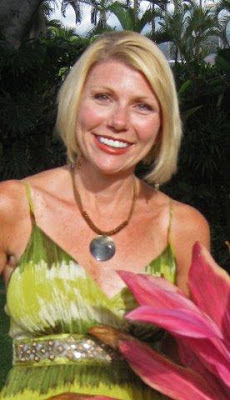Sunshine on my soil, makes it crackle...
Sunshine on my grandma, makes me cry...
 |
| (1998 20th Century Fox) |
Sunshine on Brad Pitt looks so lovely...
Sunshine, on faux wood, is your DIY
We get asked about weathered wood looks, and specifically driftwood, a lot. Now the look of driftwood is a combination of the salty water and sunshine. Beside the driftwood pictured above, the only other one I would like to see covered in salty water ( my tears of joy) is Brad. OK, wait, what was I talking about..
Driftwood!
I create many of my faux wood textures using Faux Effects Venetian Gem Basecoat. This is a medium bodied creamy off-white plaster. I recommend it when my finishers are looking for a tinted matte plaster. It is more opaque then O'Villa plaster and dries slower. Plus it takes tint really well. For a gallon of Venetian Gem Base Coat, adding 1/4 cup of colorant including flat latex paint is plenty. It will dry down darker so blow dry your wet swatches while mixing.
I like to tint my base products with other products I will be using in the project as much as possible-this helps with product costs. In this case I mixed 1 gallon of Venetian Gem Tint Base with 4 TBSP American Walnut Stain & Seal and 2 TBSP Antique Pine Stain & Seal.
Mark off your planks in varying sizes and tape off every other plank.
Trowel the tinted Venetian Base in a medium thick coat.
There are several tools for creating a wood grain. For some planks I pull a heart grainer through the middle of the wet plaster.
And on either side, I use a trapezoid comb to create the side grain.
On alternate planks, I like to use our bark roller.
This is what the plaster will look like wet.
And this shows you the color difference between a dry plank and wet planks. When my planks are all dry I pull the tape before glazing. For my glaze I mix 1 pint FX Thinner + 2 TBSP American Walnut Stain & Seal + 1 TBSP Antique Pine Stain & Seal. These are the colors used to tint the plaster.
I brush the wet stain over the surface and mist with water. Then use a trowel to pull over the grain.
This will push the stain mix into the pattern and burnishes the top of the Venetian Base wood grain.
Let the wood stain dry (about an hour). Next thin some Pickling White Stain & Seal and some Metallic Silver Stain & Seal with the FX Thinner. Add just enough FX Thinner to move the stain colors. On some planks brush more Pickling White and less Silver at the same time and pull your blade across the surface. On other planks, use more Silver stain. You may also add more of the American Walnut/Antique Pine mix. The key is to work the colors into each other, wet into wet, and not to use just one color. I like my color layers to dry over night before top coating.
For wall applications, any satin finish topcoat will work. For floors, the sub surface should be primed (I like Stone Décor as a base but I have used Primetch as well), Setcoat, and then apply plaster. For a topcoat I like C-500 Satin thinned 25% with water. You need to wait 12 hours before applying another coat. I prefer doing finishes like this on surfaces that don't need to wick moisture such as a concrete patios or basement floors.
This look will also work in a Rustic Modern interior and is a great base for adding alternate colors using the Old World Furniture Paint and sanding through. Hmmm.... this might be the finish I should do as my summer project in our third guest room which as a peaked roof line and twin beds.
And speaking of a summer project with things I love....
Why it is Brad again
+
ZOMBIES!




.jpg)
.jpg)
.jpg)
.jpg)
.jpg)
.jpg)
.jpg)
.jpg)
.jpg)
.jpg)
.jpg)





.jpg)
.jpg)
.jpg)
.jpg)
.jpg)
.jpg)
.jpg)
.jpg)
+(599x784).jpg)




.jpg)
.jpg)
.jpg)
.jpg)
.jpg)
.jpg)
.jpg)
.jpg)
.jpg)
.jpg)
.jpg)
.jpg)
.jpg)